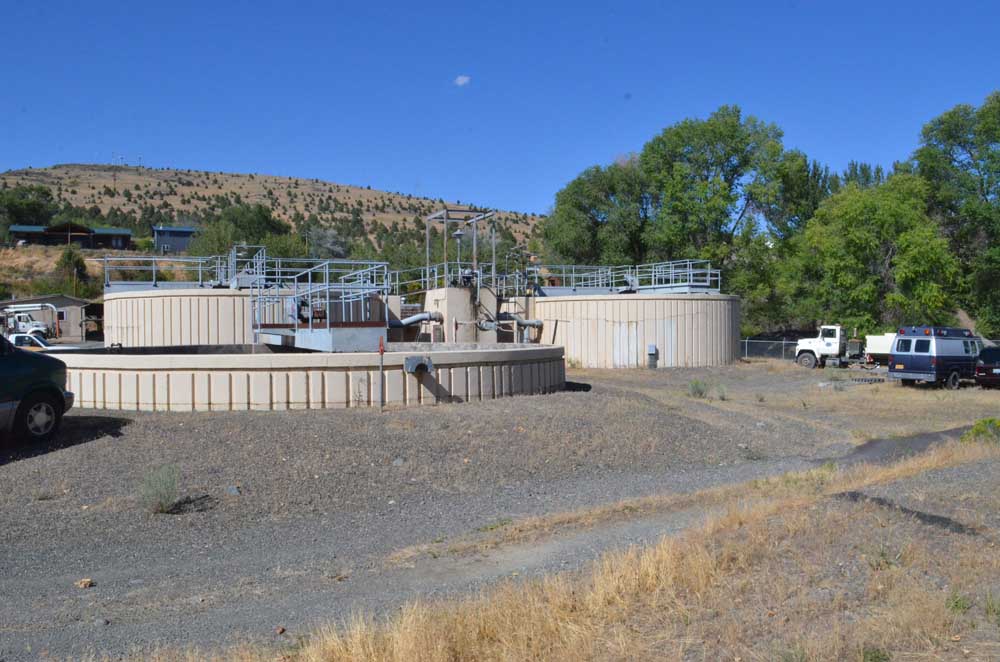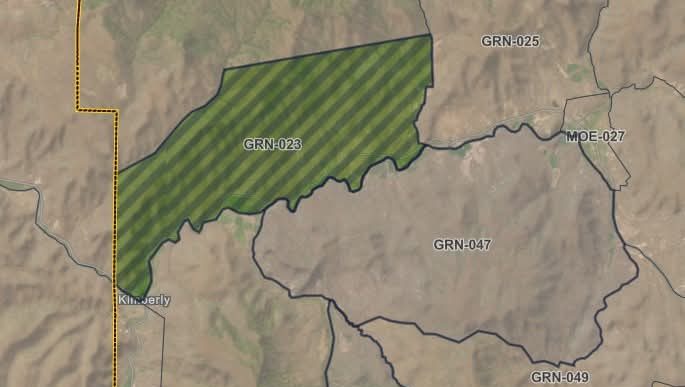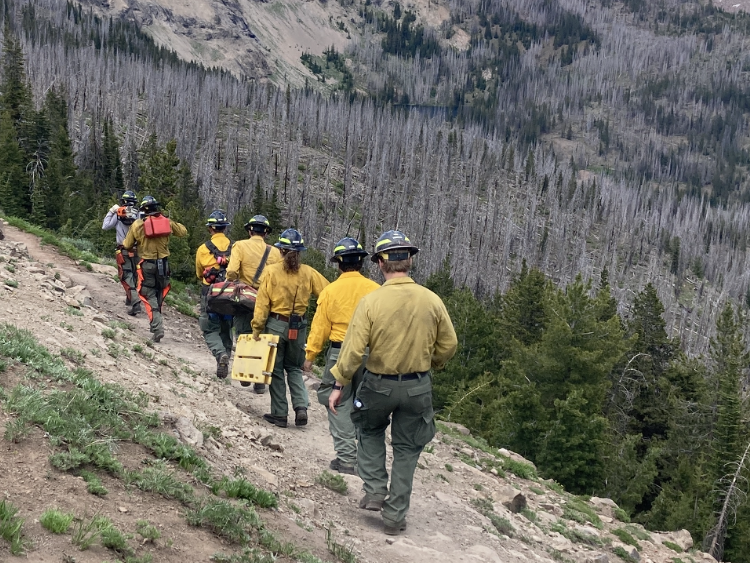Our view: Why Oregon must develop a water plan
Published 7:00 am Thursday, August 4, 2022
Oregon desperately needs a coordinated, effective, result-oriented and clear water policy that the Legislature has approved and the governor supports.
Trending
Without it, irrigators and even municipalities will have to fend for themselves.
But that’s what they’ve had to do for decades.
Around the state, water issues have been all but ignored.
Trending
In Klamath Falls, for example, water problems have existed for decades, yet the state has been either silent or ineffective in resolving them.
In dry Central Oregon, the rapid population growth is straining the water supply, but the state is remarkably silent on how to address it.
Elsewhere, water supplies and quality are problems, including in the Willamette Valley, Portland and Eastern Oregon.
When irrigation districts do try to expand water storage, the state attaches strings that throw the project into question.
Near Hood River, for example, the Farmers Irrigation District invested millions of dollars to raise the Kingsley Dam to increase the amount of water stored behind it.
Only now the district’s leaders worry that the state has attached environmental strings to the project funding that mean more water can’t be stored unless the stream flow is higher than regulators require.
The irrigators worry the stream flow requirement is unrealistically high, but the Oregon Water Resources Department disputes that.
Either way, the state will have partially funded water storage that won’t be used during the driest years, when it’s needed most.
That may make sense to someone, but to water users — and taxpayers — it makes no sense.
Even when the Legislature decides to help with water projects, its intentions are subverted. In 2013, it passed a water supply grant program. The idea was to help irrigators and others build more storage. But the rule-making turned it into an “unmitigated disaster,” according to Jeff Stone, executive director of the Oregon Association of Nurseries, adding that “rule-making is where good bills go to die because everyone re-litigates all they wanted in the first place.”
Environmental groups say that because public money is involved, water users should expect to meet higher standards.
That’s an interesting thought, but the logic is missing. If the state’s rules don’t follow the legislation and make adding storage unaffordable, they fail to accomplish what the Legislature wanted.
By doing that, the agencies make the Legislature look inept.
Legislators see the shortcomings of the current mess. Groups that need state help for storage projects avoid the Water Resources Department, which in turn says it must follow the state constitution’s mandates.
Lawmakers support “place-based” planning for water, allowing communities to develop plans. Unfortunately, they don’t have the authority to put those plans into effect, according to Rep. Mark Owens, R-Crane and vice chair of the House Water Committee.
Rep. Ken Helm, D-Beaverton, said the state needs a “water czar,” which the next governor should appoint. “We need leadership from the governor. There’s no substitute for that,” he said.
What Oregon needs, though, is leadership in the Legislature to recognize the critical importance of water statewide and to development a statewide framework that will help communities implement water plans.
Then they need to tell state agencies that the goal is to wisely manage the water resources, not create more hoops for irrigation districts and others to jump through.









